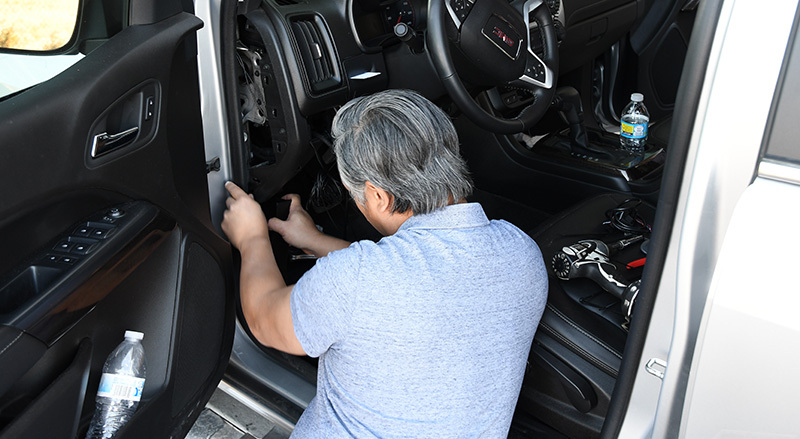
5 Steps to Jump-Start Your Driver Safety Program
If your organization doesn’t have a driver safety program, you’re missing an opportunity to reduce costs. Safer drivers cost less by getting fewer citations, using less fuel, reducing wear and tear on their vehicles, and getting in fewer accidents.
Also, in the event that your driver is at fault in an accident, proving your commitment to fleet safety can show that your organization is trying its best. That can be a huge benefit when negotiating a settlement.
Here are some steps you can take to improve your approach to driver safety.
Evaluate Your Tools
Improving your driver safety program starts with data. You need facts to have any chance at addressing any ongoing challenges with your drivers and vehicles.
Right now, more than 50% of the commercial vehicles in the U.S. use telematics devices, according to the U.S. Mobile Resource Management Systems Market Study. At the most basic level, these devices provide vehicle locations. But more-sophisticated options can also detect speeding, automatically send email or text alerts about unsafe driving, track incidents, and collect data that can help you coach drivers.
Also, more and more fleet managers are relying on dash cams. A basic dash cam can provide evidence in an accident, while more-sophisticated AI-equipped solutions like our Driveri camera can provide multiple views from the cab. This can help put triggering events like hard lane changes into context, while also proving that your drivers were alert and paying attention.
If you have either of these tools, you’re well-positioned to identify opportunities to address driver safety. If you have neither, it will be difficult to successfully make your fleet safer.

Identify Your Safety Issues
Data from your telematics devices or smart cameras will give you concrete proof of your fleet’s top safety issues. You’ll find out how many drivers speed, who is running red lights, who is tailgating, who is driving distracted, and much more.
Having real data makes it much easier to discuss these problems with your drivers. It allows you to focus on facts.
Trio Forest Products, for example, monitored its drivers for two days to gather baseline information about its drivers’ habits. After that, management held individual meetings with drivers to address their specific opportunities for improvement, from using a smartphone to rolling through stop signs.
The data might also reveal issues that weren’t apparent before, especially if you’ve only been using telematics for a short time.
Set a Goal for Your Driver Safety Program
Once you’ve identified your fleet’s safety challenges, you can use that information to formulate some goals.
There are numerous possibilities for goal setting: You can have individual drivers aim to lower their incidents of speeding, strive for 100% seatbelt use, or eliminate rolling through stop signs, just to name a few.
Telematics and camera data provide hard facts that will be far more effective than hunches or suspicions when communicating with your drivers. The data also points the way to improvement. You can set achievable goals that can guide your drivers.
Create a Driver Policy
Setting expectations is always a smart endeavor. Creating a driver policy will set the baseline for what’s expected of your drivers.
Typically, these policies discuss what data telematics collect and how the organization will use the data. Many policies also set expectations for vehicle use, maintenance, training, authorization for a background check, and an employee acknowledgment.
It’s also smart to address new technology in your driver policies. That means addressing tools like dash cams or any other emerging technology that your organization might deploy. This can pave the way for getting buy-in from drivers or unions.
If you need help, we have tips and a downloadable driver policy template to get you started.
Coach and Reward
Once you set your goals, the next step is checking in regularly to see how your drivers have improved. Your data provides a platform to see where they’ve excelled or fallen short.
It’s also a great idea to be transparent and let drivers see who is excelling. This can also be a way to encourage drivers by rewarding the best drivers in your fleet, or even those who show the great percentage of improvement. Fleets that have strong fleet safety programs often give gift cards to their top drivers on a regular basis.
Using your drivers safety program to coach and reward sends a message that you support your employees and want to invest in them.





